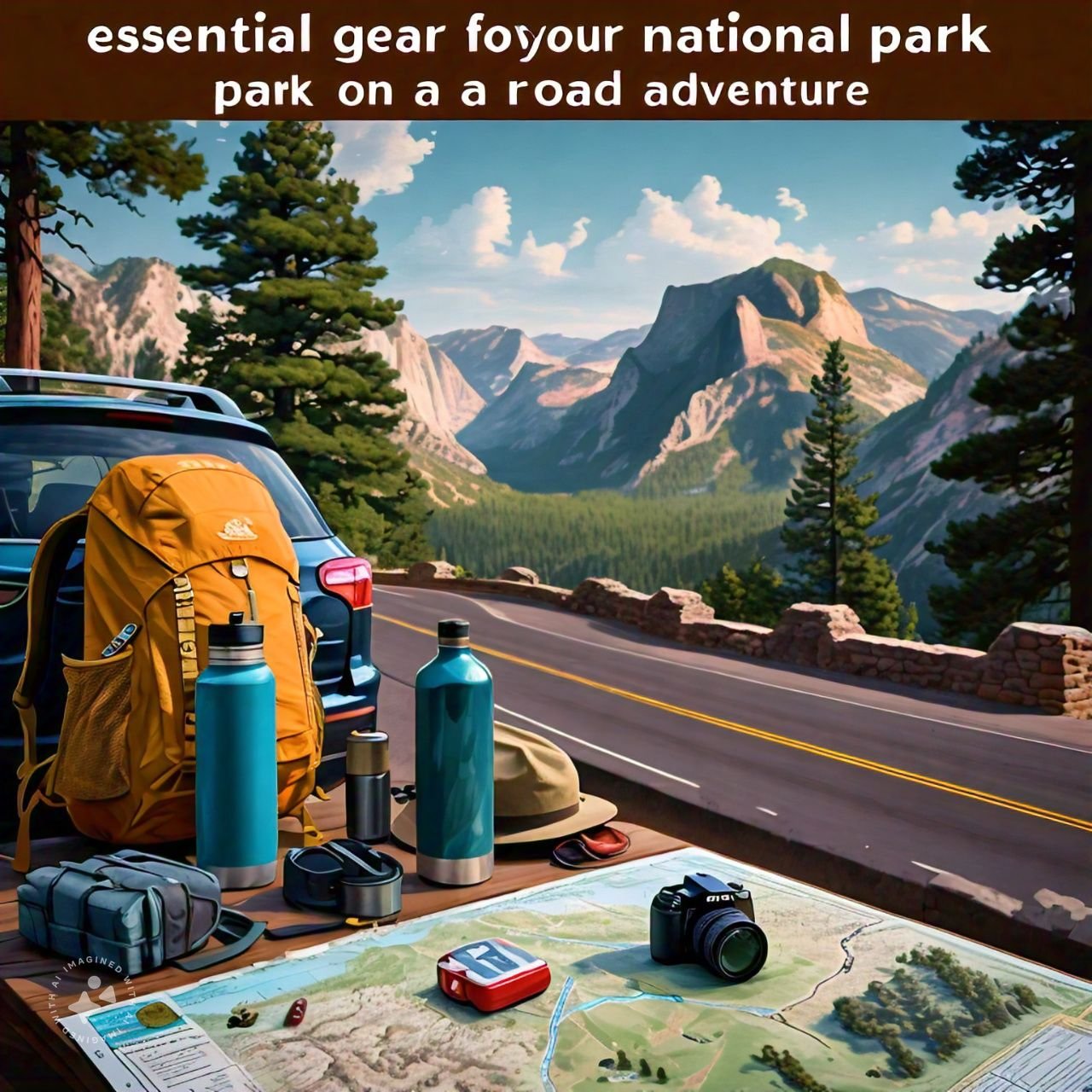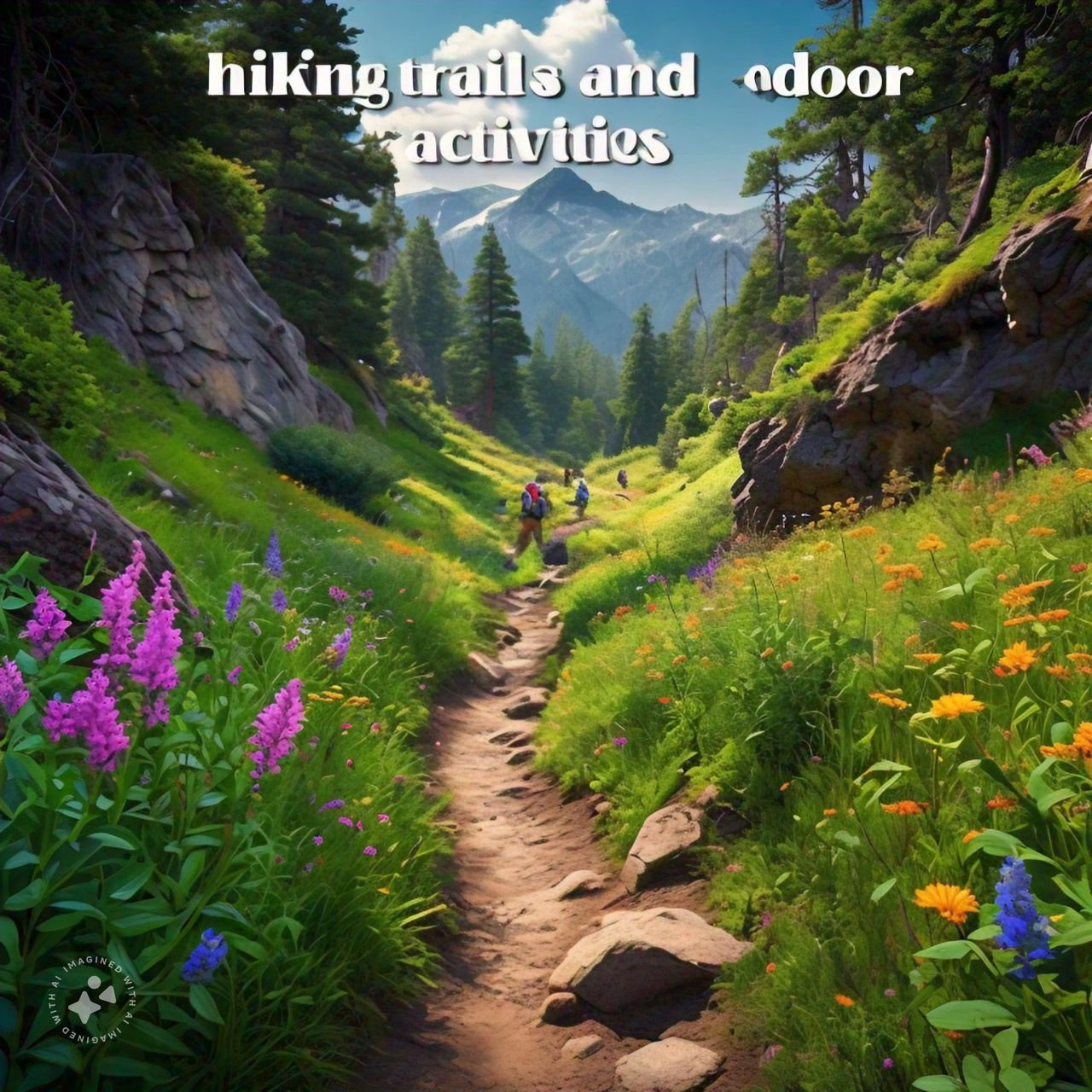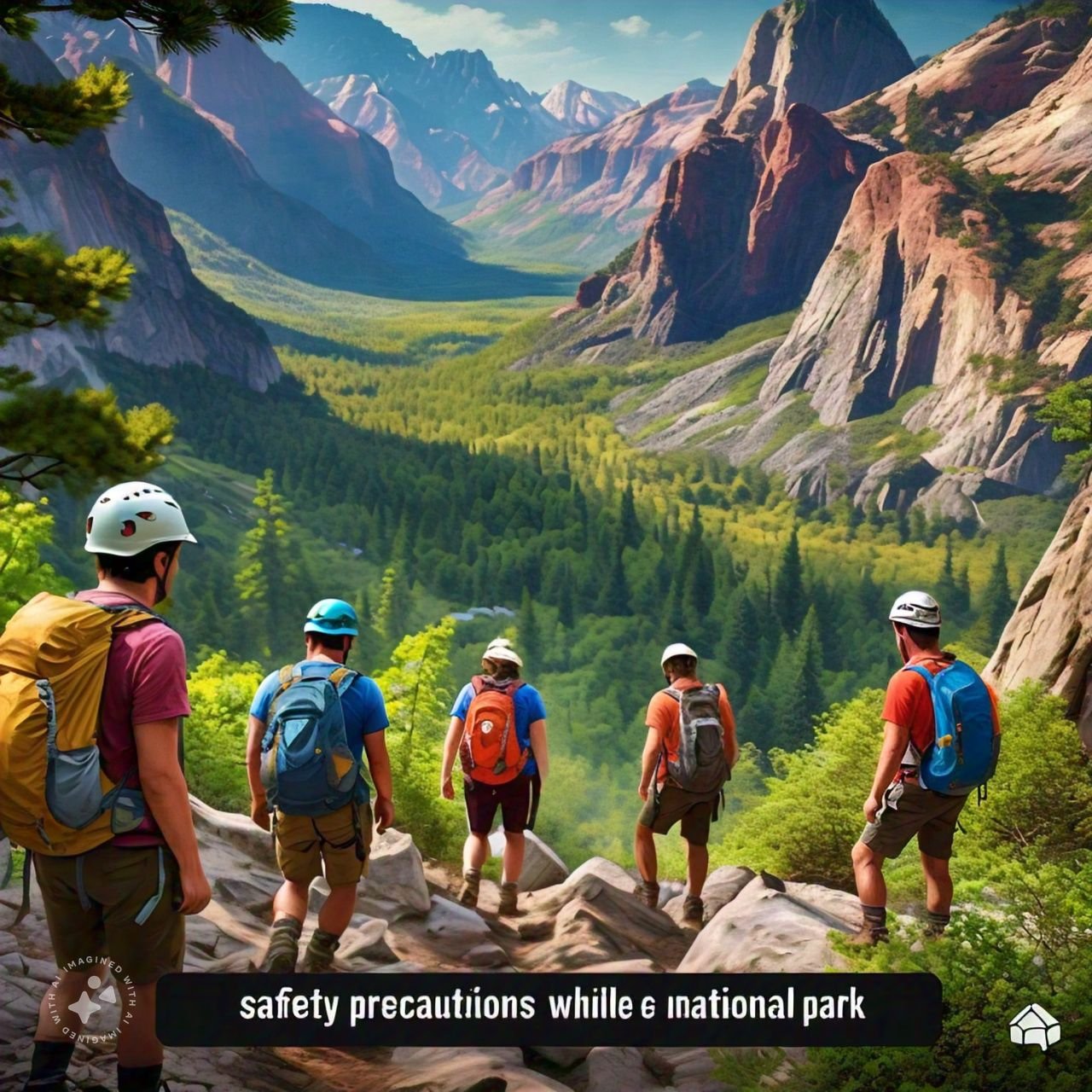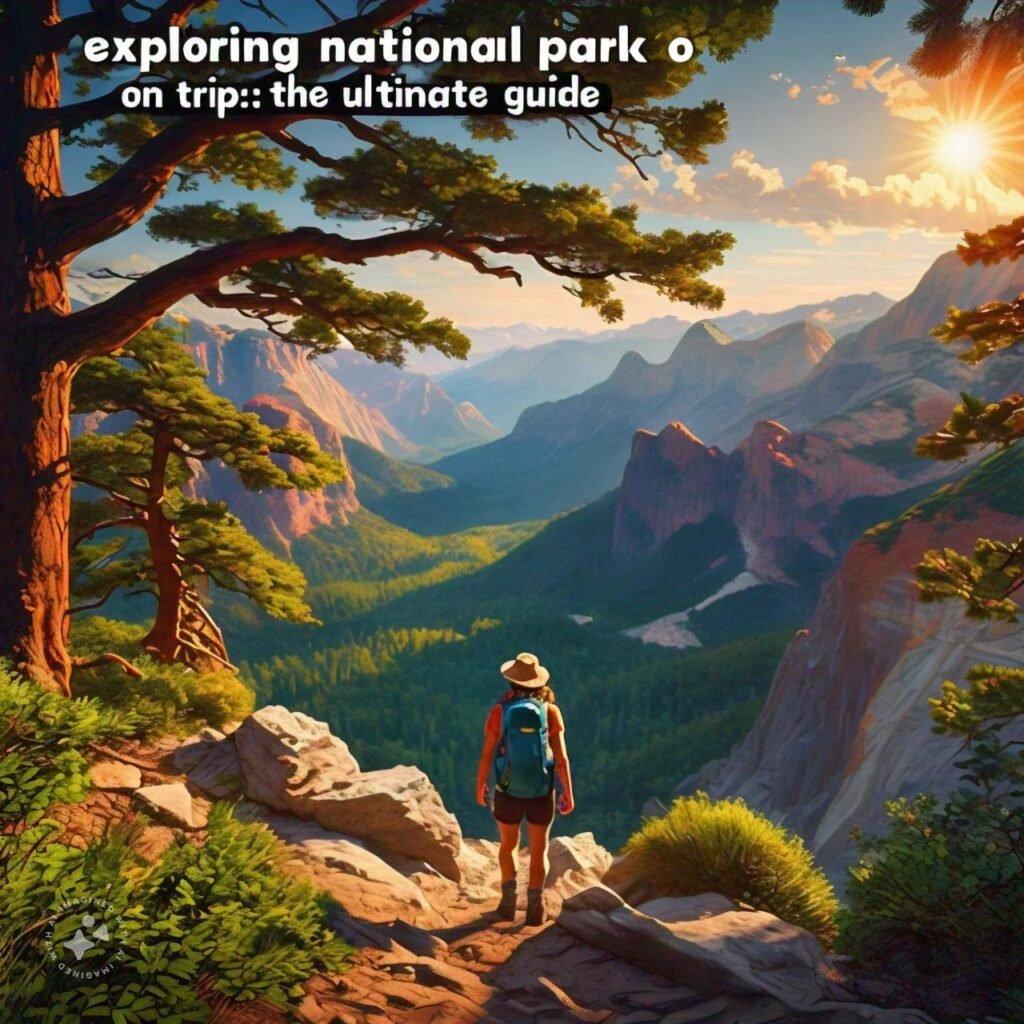Introduction
Embarking on a road trip to explore national parks is a fantastic way to experience the beauty of nature and the great outdoors. However, to truly enjoy this adventure, meticulous planning is essential. First, begin by selecting your desired destinations. Create a list of national parks you wish to visit, ensuring your route encompasses these locations. Utilize a map or GPS for effective route planning, and allocate sufficient time to spend at each park.
Additionally, checking weather conditions is crucial to avoid unexpected surprises. Establishing your trip budget is another important step; this should include fuel, accommodation, food, and entry fees. Familiarize yourself with the entry rules and regulations for each park, and acquire necessary permits if required. Creating a comprehensive itinerary will not only keep you organized but also ensure a stress-free experience.
Essential Gear for Your National Parks Road Trip Adventure

Having the right gear can make or break your national parks experience. Here’s a detailed list of essentials you should consider packing:
Clothing
Comfortable Layers: Opt for moisture-wicking base layers, insulating mid-layers, and waterproof outer layers to adapt to changing weather conditions.
Sturdy Footwear: Invest in high-quality hiking boots or sturdy shoes that provide support and traction, especially if you plan to hike.
Backpack Essentials
Hydration: Carry a reusable water bottle to stay hydrated throughout your hikes.
Snacks: Pack energy-rich snacks like trail mix, granola bars, and fruit for quick energy boosts.
First Aid Kit: A basic first aid kit should include band-aids, antiseptic wipes, and any personal medications.
Important Documents: Keep your ID, park permits, and insurance information easily accessible.
Photography Gear
Camera/Smartphone: A quality camera or smartphone will help you capture the park’s stunning landscapes and wildlife.
Extra Batteries/Chargers: Bring portable chargers or extra batteries, especially if you plan to spend extended periods outdoors.
Navigation Tools
Maps and Compass: While GPS is useful, having physical maps can be invaluable in remote areas where cell service may be unreliable.
Portable Phone Charger: Essential for ensuring your devices remain charged during your adventure.
Outdoor Protection
Sunscreen: Protect your skin from harmful UV rays, especially at higher elevations.
Insect Repellent: Keep bugs at bay to enhance your outdoor experience.
Sunglasses: Protect your eyes from the sun, especially in bright, open areas.
Top National Parks to Include in Your Itinerary
Incorporating renowned national parks into your road trip will undoubtedly enrich your experience. Here are some must-visit parks:
Yellowstone National Park
As the first national park in the USA, Yellowstone is famous for its geothermal features, including geysers, hot springs, and diverse wildlife. Don’t miss the iconic Old Faithful and the colorful Grand Prismatic Spring.
Yosemite National Park
Known for its dramatic cliffs, towering waterfalls, and giant sequoias, Yosemite is a paradise for outdoor enthusiasts. Popular highlights include El Capitan and Yosemite Falls.
Grand Canyon National Park
Offering breathtaking views, the Grand Canyon is a must-see. Explore its vastness through various viewpoints or venture down into the canyon via hiking trails like the Bright Angel Trail.
Banff National Park (Canada)
Renowned for its stunning mountain scenery, turquoise lakes, and abundant wildlife, Banff is a gem in the Canadian Rockies. Be sure to visit Lake Louise and Moraine Lake for incredible photo opportunities.
Great Barrier Reef National Park (Australia)
Famous for its vibrant coral reefs and marine life, this park is perfect for snorkeling and diving enthusiasts. Experience the underwater world and the beauty of the reef.
By including these parks in your itinerary, you’ll create an unforgettable journey filled with diverse landscapes and experiences.
Wildlife Encounters: What to Expect
One of the most thrilling aspects of visiting national parks is the opportunity to encounter wildlife. Each park is home to unique species, making every visit a chance to observe nature up close.
Yellowstone: Look out for bison, elk, and grizzly bears. The park’s diverse ecosystems support a wide range of wildlife.
Yosemite: Keep an eye out for mule deer and black bears. While they are often seen, maintaining a safe distance is crucial.
Grand Canyon: This park is home to various bird species and small mammals. The unique desert environment fosters diverse wildlife.
Banff: Moose and mountain goats are commonly seen, particularly along hiking trails.
Safety Rules for Wildlife Encounters
Maintain Distance: Always keep a safe distance from animals; binoculars or zoom lenses are great tools for observing wildlife.
Do Not Feed Animals: Feeding wildlife can alter their natural behaviors and lead to dangerous situations for both animals and humans.
Stay Calm: If you encounter a wild animal, stay calm and back away slowly without turning your back on the animal.
Hiking Trails and Outdoor Activities

National parks boast a variety of hiking trails and outdoor activities suitable for all skill levels. Here’s a glimpse of some of the best trails and activities:
Yellowstone National Park
Lamar Valley: Famous for wildlife viewing, this trail offers stunning vistas and opportunities to see bison and wolves.
Grand Canyon of the Yellowstone: Explore breathtaking views of the canyon and its waterfalls.
Yosemite National Park
Half Dome: A challenging but rewarding hike, this trail leads to one of the park’s most iconic summits.
Mist Trail: This popular trail takes you past stunning waterfalls and offers incredible views of Yosemite Valley.
Banff National Park
Lake Louise Trail: A relatively easy hike with picturesque views of Lake Louise and the surrounding mountains.
Moraine Lake Trail: Explore the breathtaking scenery around Moraine Lake, famous for its stunning turquoise waters.
Outdoor Activities
In addition to hiking, many parks offer various outdoor activities such as:
Mountain Biking: Many parks have designated trails for biking.
Kayaking and Canoeing: Experience serene waters and unique perspectives of the parks from the water.
Rock Climbing: Some parks, like Yosemite, are renowned for their climbing routes.
Check the specific activities and trails available in each park to tailor your adventure according to your interests.
Camping Tips for a Comfortable Stay
Camping in national parks can enhance your experience, allowing you to immerse yourself in nature. Here are essential tips for a comfortable stay:
Choosing a Campsite
Designated Campsites: Opt for established campsites that offer necessary amenities such as restrooms and potable water.
Location: Choose a spot that is level and away from hazards like falling rocks or dead trees.
Camping Gear
Tent: Ensure your tent is appropriate for the weather conditions and spacious enough for your group.
Sleeping Bags and Pads: Invest in high-quality sleeping bags rated for the season and sleeping pads for comfort.
Cooking and Fire Safety
Campfires: Follow park regulations regarding campfires, and use designated fire rings when allowed.
Portable Stoves: For cooking, consider using a portable stove to reduce the risk of wildfires.
Cleanliness and Wildlife Safety
Food Storage: Store food in bear-proof containers or hang it in trees to avoid attracting wildlife.
Waste Disposal: Adhere to Leave No Trace principles by packing out all trash and waste.
Photography Tips for Capturing Stunning Landscapes
Capturing the breathtaking landscapes of national parks can be a rewarding experience. Here are some photography tips to enhance your skills:
Optimal Shooting Times
Golden Hours: Early morning and late afternoon provide soft, warm light that enhances landscape photography.
Equipment Recommendations
Wide-Angle Lenses: Ideal for capturing expansive landscapes.
Tripods: Essential for stable shots, particularly in low-light conditions.
Creative Techniques
Explore Angles: Experiment with different perspectives to create unique compositions.
Weather Considerations: Pay attention to changing weather conditions, as they can dramatically alter the mood of your photos.
Wildlife Photography
Zoom Lenses: Use zoom lenses to capture animals without disturbing them. Aim for natural behaviors to create compelling images.
Safety Precautions While Exploring National Parks

Safety is paramount when exploring national parks. Here are essential precautions to keep in mind:
Follow Park Regulations
Always adhere to park guidelines and respect designated areas to ensure your safety and the preservation of the environment.
Emergency Preparedness
Weather Awareness
Monitor Conditions: Check weather forecasts and be prepared for sudden changes. Pack extra layers for unpredictable weather.
Wildlife Safety
Distance and Respect: Maintain a safe distance from wildlife and observe their behaviors without interfering.
First Aid Preparedness
Always carry a first aid kit and familiarize yourself with basic medical knowledge to handle minor injuries.
Environmental Conservation: How to Make a Difference
When visiting national parks, practicing environmental conservation is crucial. Here are key principles to follow:
Leave No Trace Principles
Minimize Impact: Follow Leave No Trace guidelines to ensure your visit leaves minimal impact on the environment.
Trash Disposal: Dispose of waste properly in designated areas.
Respect Flora and Fauna
Do Not Disturb: Avoid disturbing native plants and wildlife. Stay on designated trails to preserve delicate ecosystems.
Protect Water Sources
Keep Water Clean: Take precautions to avoid pollution and ensure that water sources remain pristine.
Making the Most of Your National Park Road Trip

To create a truly memorable national park road trip, keep these tips in mind:
Immerse Yourself
Unique Experiences: Take time to explore each park’s unique offerings and highlights.
Conclusion
National Parks on a Road Trip can become an incredible journey with proper planning and preparation. This guide provides essential tips for a successful and enjoyable trip, allowing you to fully enjoy the beauty and diversity of nature.





